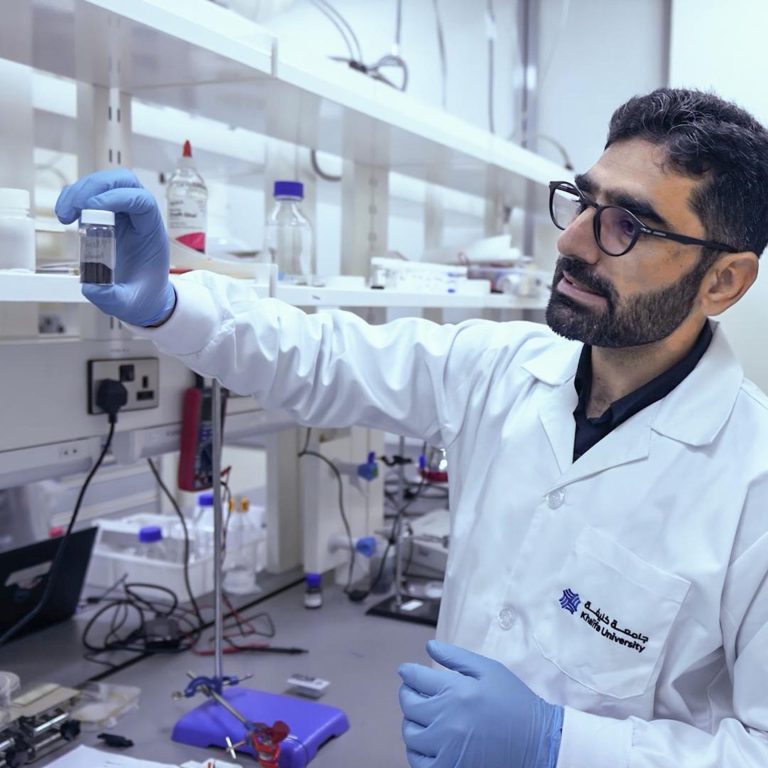Smart materials for more advanced wastewater treatments
Stimuli-responsive membranes offer more efficient ways to capture and break down persistent organic pollutants, ensuring cleaner water and a healthier environment.
Conventional water treatment methods have long relied on filtration, sedimentation, and disinfection techniques to eliminate impurities and ensure water safety. Yet, these methods encounter challenges when it comes to addressing persistent organic pollutants, which are often resistant to degradation and can persist in the environment for extended periods.
By leveraging these smart materials, we can make important strides in protecting our environment and improving the quality of life for communities worldwide.”
Ludovic Dumé
Now, a Khalifa University team led by Ludovic Dumée and postdoctoral fellow Priyanka Kumari at Khalifa University has achieved an exciting breakthrough in the pursuit of cleaner water. Harnessing the power of smart materials, their cutting-edge technology is set to revolutionize wastewater treatment and have a positive impact on our daily lives1.
The research team developed an approach using stimuli-responsive materials containing heterojunctions. Designed at microscopic scale, these employ metal-oxide sandwich layers composed of titanium dioxide and zinc oxide to efficiently capture and catalytically degrade pollutants.
To demonstrate the real-world potential of their approach, the researchers made a prototype separation device that has heterojunctions incorporated into its membranes. By effectively triggering the reactivity of the materials, the heterojunction membranes facilitate a more efficient breakdown of pollutants present in the wastewater. In particular, the enhanced charge-transfer process occurring at the interface of the two metal oxides, significantly improves the overall efficiency of the cleaning process.
“Our novel stimuli-responsive membranes offer perspectives to support the intensification of water production, with lower operating costs and minimized chemicals requirements, to support sustainable water production.”
Ludovic Dumée
“The exponential need for freshwater puts pressure on our limited resources and requires new pathways to achieve high-quality water recovery from wastewater treatment and desalination,” says Dumée. “Our novel stimuli-responsive membranes offer perspectives to support the intensification of water production, with lower operating costs and minimized chemical requirements, to support sustainable water production.”
The exciting innovation also opens up possibilities for other applications, such as the design of compact and efficient water treatment systems. “By leveraging these smart materials, we can make important strides in protecting our environment and improving the quality of life for communities worldwide,” Dumée adds.
Reference
1. Kumari, P., Bahadur, N., Conlan, X.A., Zeng, X., Kong, L., O’Dell, L.A., Sadek, A., Merenda, A. and Dumée, L.F. Stimuli-responsive heterojunctions based photo-electrocatalytic membrane reactors for reactive filtration of persistent organic pollutants. Chemical Engineering Journal 146, 1–17 (2023). | Article




